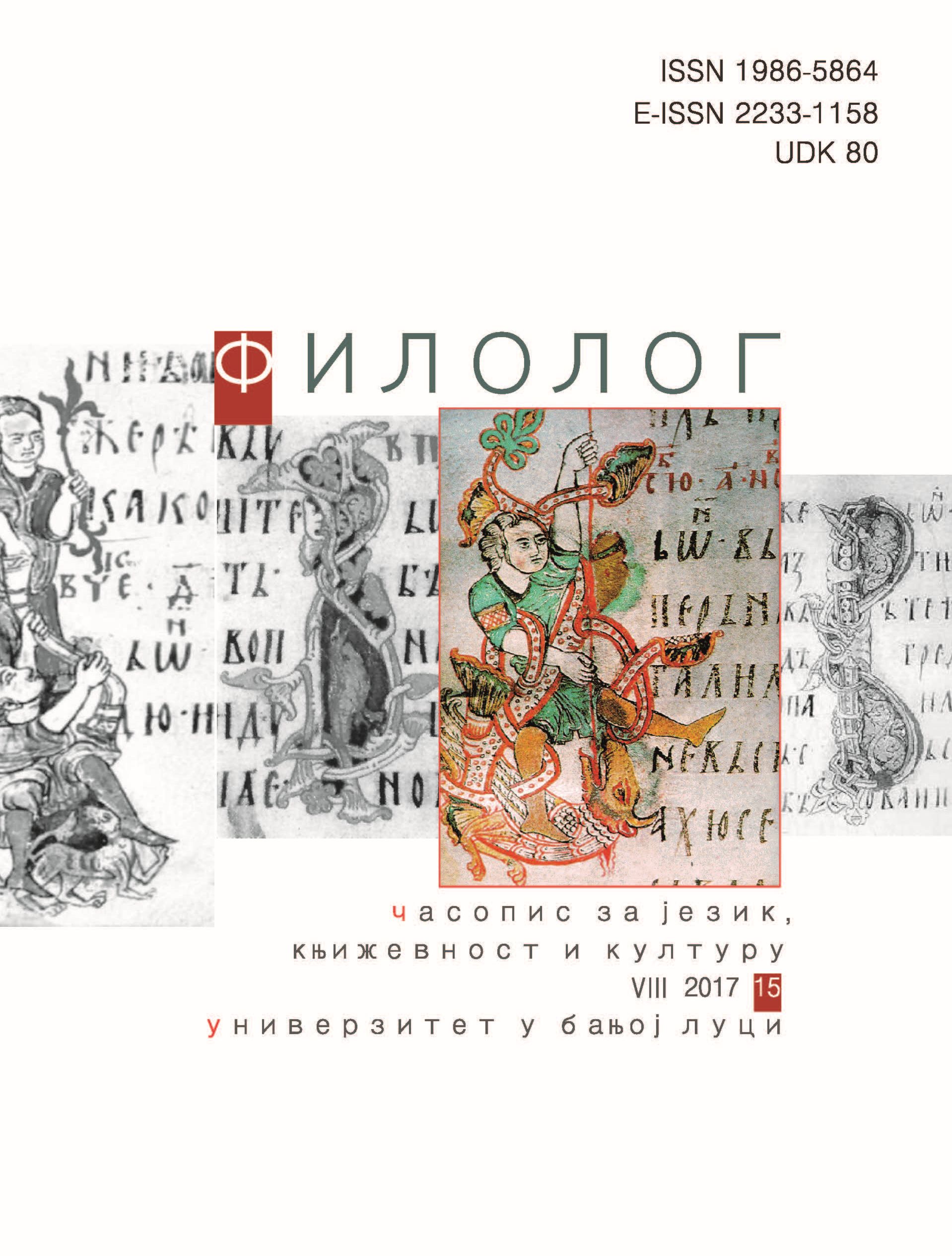The Good Shepherd, the Sheep and the Wolf – St. Sava’s Usage of the Johannine Theology of the Good Shepherd (Jn 10) in His Life of St. Simeon
The Good Shepherd, the Sheep and the Wolf – St. Sava’s Usage of the Johannine Theology of the Good Shepherd (Jn 10) in His Life of St. Simeon
Author(s): Darko J. KrstićSubject(s): Language and Literature Studies, Studies of Literature, Theology and Religion, Serbian Literature, Eastern Orthodoxy, Philology, Theory of Literature
Published by: Филолошки факултет Универзитета у Бањој Луци
Keywords: St. Sava; Nemanja; Good Shepherd; Gospel according to John; hagiography; sheep; wolf;
Summary/Abstract: St. Sava frequently uses the Johannine Good Shepherd motif (Jn 10) in order to present a biblical framework for the presentation of his father’s life in the Life of St. Simeon. The Old Testament background of the Johannine motif (Ez 34) implies a political application of the Shepherd motif to a political ruler and this is exactly what St. Sava accomplishes when he depicts his father as Shepherd in the crucial moment of his political abdication (1196). In this manner St. Sava characterizes the whole political career of his father, in the very moment of his Farewell Speech, with the help of the Johannine Good Shepherd motif. If the political context of the reception of the Johannine Good Shepherd motif is dominant in Nemanja’s hagiography, still St. Sava transcends the strictly political framework of the reception of the Good Shepherd motif. He presents an expressionistic autobiographical description of the relationship with his father and parallels his father’s journey to Mount Athos to the Johannine Good Shepherd, who is searching for his Lost Son.
Journal: Филолог – часопис за језик, књижевност и културу
- Issue Year: 2017
- Issue No: 15
- Page Range: 259-271
- Page Count: 13
- Language: English

